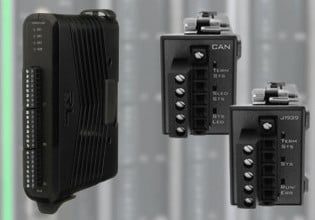K
Hello everyone
I would be very glad if anyone can clarify the following issues for me:
1) Can the GT1_SVR which has the dongle be rebooted whiles the unit is online?
2) Lately,whenever i open the toolboxST and i try to open the G1 to see the logic for troubleshooting,an error message appears which reads : " error creating window handler" and mostly the toolboxST closes by itself.What can cause this problem and what can be done?.Can rebooting the GT1_SVR solve this issue?
3) Does one need to install a controlST software on a computer before he can use it as an HMI viewer? Does the computer has to come from GE or you can buy your own computer from the market.
Thank you.
I would be very glad if anyone can clarify the following issues for me:
1) Can the GT1_SVR which has the dongle be rebooted whiles the unit is online?
2) Lately,whenever i open the toolboxST and i try to open the G1 to see the logic for troubleshooting,an error message appears which reads : " error creating window handler" and mostly the toolboxST closes by itself.What can cause this problem and what can be done?.Can rebooting the GT1_SVR solve this issue?
3) Does one need to install a controlST software on a computer before he can use it as an HMI viewer? Does the computer has to come from GE or you can buy your own computer from the market.
Thank you.






